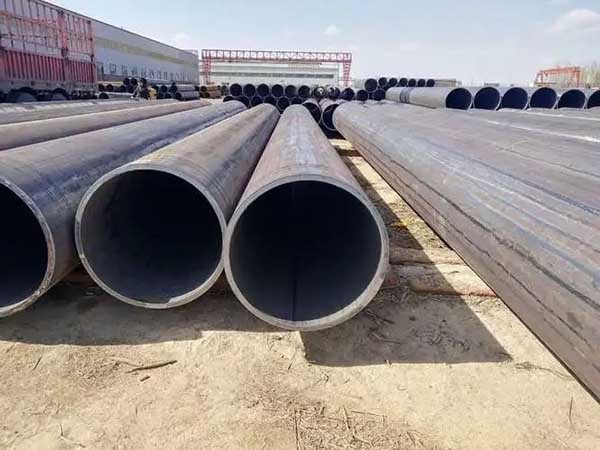Understanding the Pipe Cap: A Key Component in Piping Systems
Jul 06,2025
What Is a Pipe Cap?
Ever heard the saying, "Good things come to those who cap?" Well, that might not be a saying yet, but it sure rings true in the world of piping! A pipe cap is a crucial component widely used in plumbing and industrial applications. Essentially, it's a fitting that seals the end of a pipe, preventing fluid leakage and keeping the system tidy. Think of it as a cap on a soda bottle – without it, everything spills over!
Why Do We Need Pipe Caps?
Now, you might be wondering, "Why bother with piping caps?" Well, my friend, the importance of these little guys cannot be overstated! First off, they protect the insides of pipes from dirt, moisture, and other contaminants. Secondly, they help maintain pressure within the system, ensuring everything runs smoothly. Plus, they can even be used to create a seal for future pipe extensions! Talk about versatility!
Working Principle of Pipe Caps
Let’s dive deeper into how these caps work. When you install a pipe cap, it fits snugly over the end of a pipe. The cap's design usually features threads or a smooth finish, allowing it to be screwed on or pushed into place. This tight fit is essential for preventing leaks and ensuring that the system is airtight. Voila! No more drips or messes!
Types of Pipe Caps
Just like ice cream comes in various flavors, pipe caps also come in a variety of types! Here are a few you might encounter:
- Threaded Caps: These have internal threads and screw onto the pipe.
- Socket Caps: Fitted over the pipe with a smooth end, often used in PVC piping.
- Blind Caps: Designed to close off a pipe without the need for further modifications.
Installation Tips
Installing a pipe cap might sound simple, but there are a couple of tricks to keep in mind:
- Clean the Pipe: Ensure the pipe end is clean and dry for a secure fit.
- Use Thread Sealant: If you’re using threaded caps, a little thread sealant can go a long way in preventing leaks.
- Tighten Appropriately: Don’t overtighten; just enough to create a tight seal will do!
Applications in Everyday Life
Pipe caps are everywhere! From household plumbing systems to large-scale industrial processes, they play a starring role. In residential settings, you might find them in your water supply lines or HVAC systems. In factories, they’re essential for managing fluids in piping systems. Honestly, they’re the unsung heroes of the piping world!
Common Misconceptions
There’s a common myth that all pipe caps are the same. Nope! They vary based on material, size, and function. Whether it’s plastic, metal, or rubber, each material has its pros and cons depending on the application. So, don’t fall for that old wives’ tale!
In Conclusion
So there you have it! Understanding the pipe cap and its working principles opens up a world of knowledge about plumbing and piping systems. Next time you encounter a cap, take a moment to appreciate its role in keeping everything running smoothly. After all, it’s the little things that make a big difference!
PREVIOUS:
Contact Us
E-mail :
service@jhpipefitting.com
Phone/WhatsApp:
+86-15303377849
Address:
West of Hope New District South Section Road, Mengcun Hui Autonomous County, Cangzhou City, China

Add:West of Hope New District South Section Road, Mengcun Hui Autonomous County, Cangzhou City, China
Tel:+86-15303377849
Quote Now
Solutions for Your Industry, Ready for Your Choice







